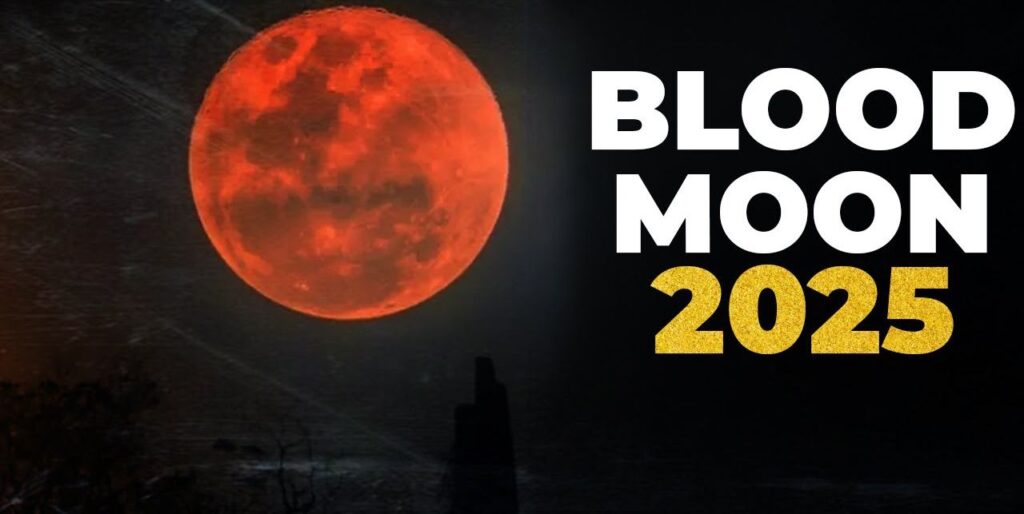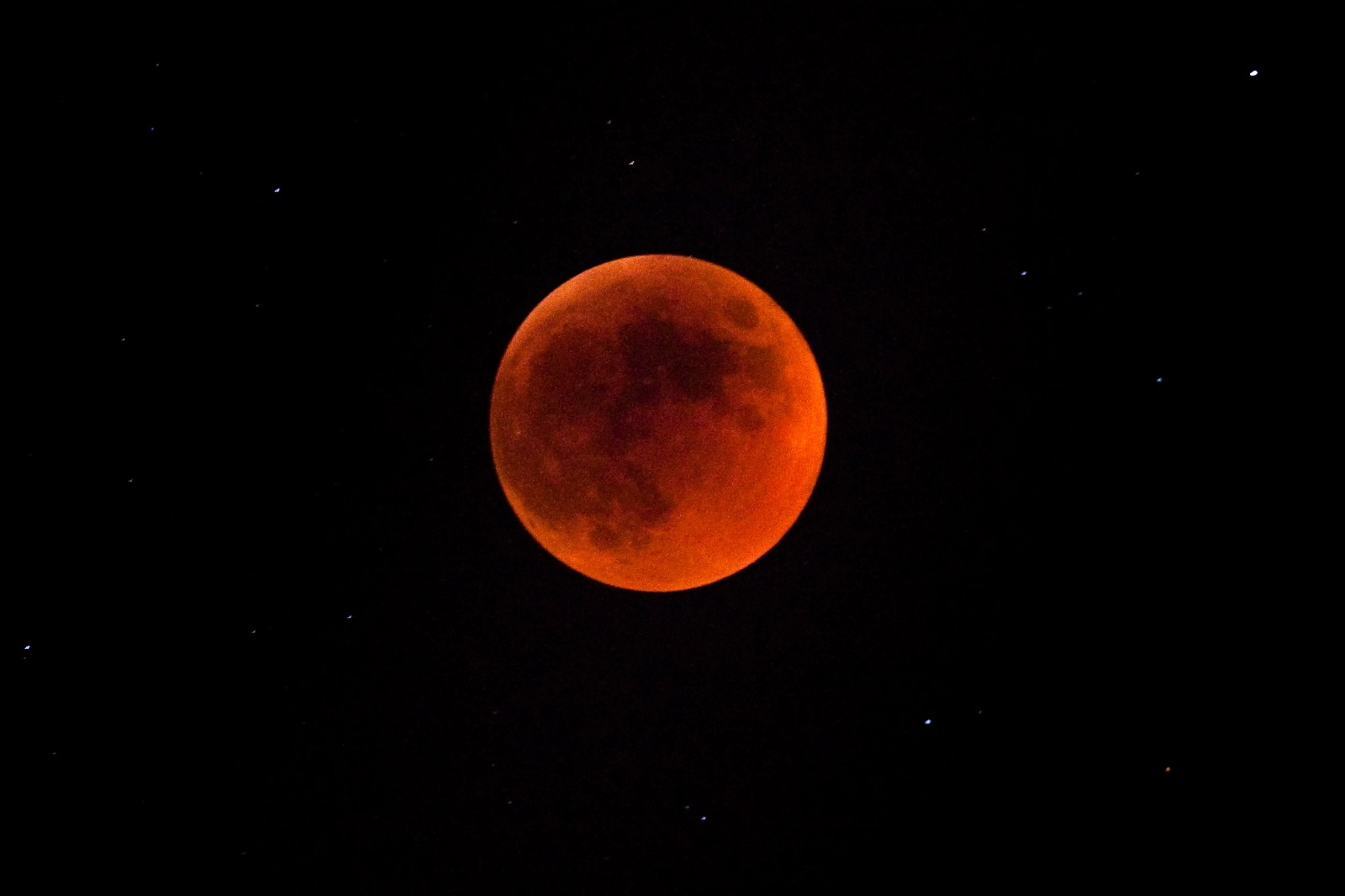The night sky delivered a spectacular show this week as millions across Asia and Europe witnessed the rare “Blood Moon” lunar eclipse of 2025. With an incredible 82 minutes of totality, stargazers were treated to one of the longest lunar eclipses of the decade.
What Is a “Blood Moon”?
A “Blood Moon” happens during a total lunar eclipse, when the Earth comes between the Sun and the Moon. Instead of disappearing into darkness, the Moon takes on a dramatic reddish-orange glow, caused by sunlight refracting through Earth’s atmosphere. This natural phenomenon has been celebrated for centuries, often tied to cultural myths and astronomical wonder.

READ ALSO: Adron Homes Lemon Friday Plus Promo: Get 30% Discount + Exciting Free Gifts
Where Was the Blood Moon Visible?
The September 2025 lunar eclipse was visible across:
- Large parts of India, China, and Southeast Asia
- Much of Europe, including Spain, France, and Germany
- Parts of the Middle East and Africa
In cities like New Delhi, Bangkok, Paris, and Berlin, crowds gathered with telescopes, cameras, and even smartphones to capture the breathtaking sight.
ADVERTISEMENT
How Long Did It Last?
Unlike shorter eclipses, this “Blood Moon” lasted for 82 minutes of totality, making it one of the longest lunar eclipses in recent history. The entire event spanned nearly three hours, from the penumbral shadow to the end of the umbral phase.
Social Media Buzz
Social platforms like Instagram, TikTok, and X (Twitter) exploded with hashtags such as #BloodMoon2025, #LunarEclipse, and #SkyWatchers. From stunning astrophotography to amateur sky shots, the eclipse became a viral sensation overnight.
Why the Blood Moon Matters for Science
Beyond its beauty, events like the Blood Moon are important for astronomers. They:
- Help scientists study Earth’s atmosphere through light refraction.
- Inspire interest in space science and astronomy.
- Connect people globally, reminding us of the shared wonder of the cosmos.
When Is the Next Lunar Eclipse?
If you missed this one, don’t worry! The next partial lunar eclipse will be visible in March 2026, while the next total lunar eclipse (another Blood Moon) will take place later that same year.

























